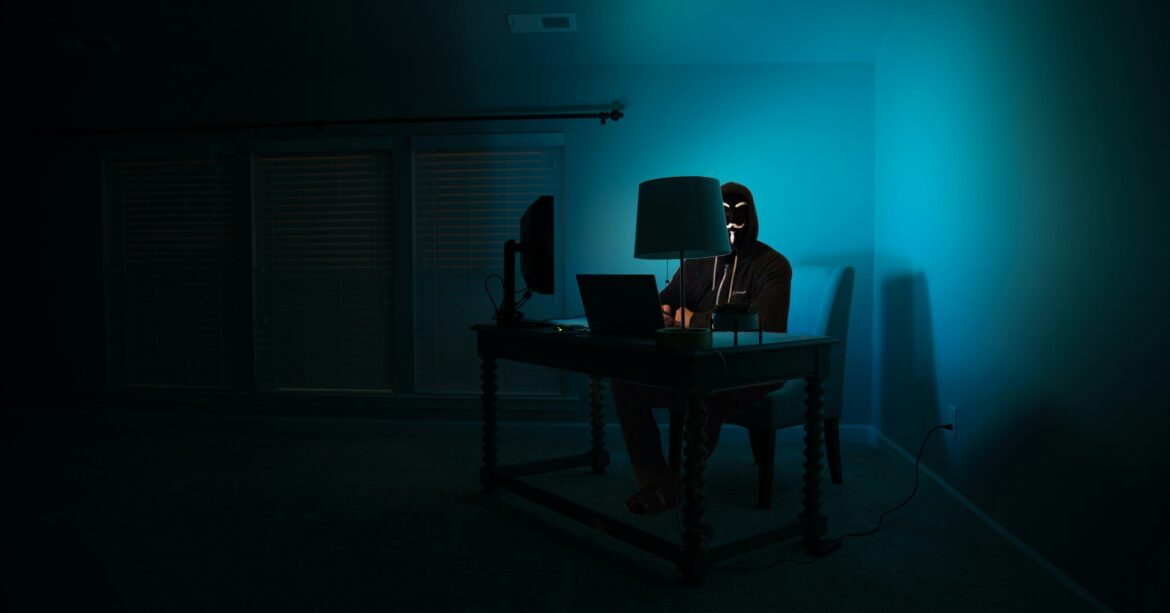You’re busy working on your business on a regular day. Everything seems fine. Then suddenly, you get a threatening email from someone demanding that you pay them for something you did wrong, or so they say. The next thing you know, you’ve lost hundreds, if not thousands, of dollars.
It’s scary to get scammed, especially since scammers are getting even sneakier. Around nine out of ten businesses fall into these schemes and lose up to 9% of their revenue. And the latest scam you should watch out for? Fraudsters who use stock photos to scare you.
Yes, those are the same photos you use for your website, ads, and other marketing materials. So how exactly does this work? We’re here to break it down.
Here’s what you need to know about fake copyright infringement scams and how to protect yourself from falling into the trap.
Table of Contents
How Scammers Use Stock Photos to Cause Fear
It all starts with an email from a sender who claims to be a photographer or a representative of a stock photo company. What they’ll do is accuse you of using an image without having a proper license. They incite fear by asking you to pay for them right away and threaten to take legal action.
This is what’s known as a fake copyright infringement scam. It’s a type of scam that pressures businesses into paying fines they don’t actually owe. In addition to photos, these can also be website videos or even music.
Copyright infringement is scary in itself. Businesses want to resolve potential legal issues as soon as possible, which makes them more likely to comply. This is why scams of this type work so well.
These fraudsters also use legitimate-sounding legal terms and create very convincing documents, making it hard to distinguish them from legitimate claims.
Identifying Red Flags in Scams
Knowing the telltale signs of what these scams look like is a great first step in protecting yourself from them. Here are some common red flags to watch out for:
- Urgency and Threats: A scammer’s goal is to pressure you to act fast. They’ll most likely threaten legal action, while real copyright claims usually allow time for you to appropriately reply and resolve the case.
- Generic or Suspicious Sender: It’s a common red flag to see the email coming from an unknown sender. Stock photo companies are also more likely to use official domains and not free email services like Gmail or Yahoo.
- No Specific Details: Scammers rarely provide the actual image they claim you have used illegally. They might also use vague wording instead of listing exact dates or URLs.
- Unusual Links or Attachments: The general rule is that if you see a suspicious email with a link, don’t click it. You can instead hover over them first to check if they lead to a real website.
- Poor Grammar and Spelling: Many scam emails contain grammatical errors. Reputable companies always write professionally.
Aside from identifying these red flags, you can take extra steps to protect your business website. Security measures like having an SSL certificate and keeping your website software updated all go a long way to preventing hackers from gaining access to your website.
How to Protect Your Brand from Scammers
Stock photos are incredibly useful to businesses, as they make it much easier for you to get relevant, high-quality photos. More than half of marketers rely on stock images for their content, but while stock photos are definitely convenient, they can also make your brand a target for scams if you’re not careful.
Here are ways to protect yourself from stock photo scams:
- Use Licensed Stock Photos: Always source your images from reputable platforms like Adobe Stock, Getty Images, or Shutterstock. Keep your proof of purchase and have your licensing agreements on hand to avoid false claims.
- Verify Copyright Claims: If you receive a copyright infringement notice, don’t panic. Research who sent you the claim, verify their credentials, and check whether the claim is actually valid before responding.
- Educate Your Team: If you’re letting multiple people manage your website, make sure that they know about these scams, as well as the fair use policy. Training your team on copyright helps prevent costly mistakes.
- Report Scammers: If you receive a fraudulent copyright claim, report it to anti-fraud organizations or your local authorities. This prevents others from falling victim to the same scam.
By staying vigilant and using licensed content, you can keep your business safe from scammers who prey on fear and confusion.
Choose Begin With B for Secure and Professional Business Websites
Online scams will continue to evolve. As a business, you need to always stay one step ahead. Scammers know how to create fear, but with the right precautions, you don’t have to fall for their tricks.
At Begin with B, we take website security seriously. We specialize in building intuitive and budget-friendly websites that meet your business needs without compromising on security. Every image (or any other media, for that matter) that we use is properly licensed, so you won’t have to worry about copyright claims or scam emails.
If you’re looking for a reliable web design and development partner in Calgary, we’re here to help. Contact us today for a website that’s secure, professional, and built with your brand’s success in mind.


